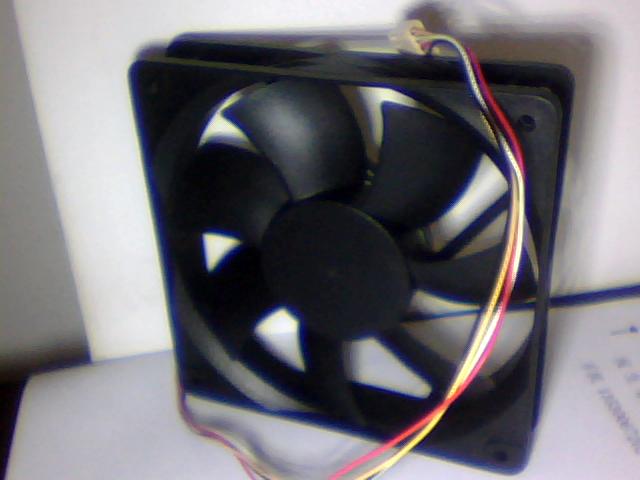
The principle of PWM intelligent temperature controlled cooling fan
1. PWM technology background PWM (Pulse Width Modulation) Intel is very strict in evaluating radiators.
The traditional temperature control fan is used to detect the fan's inlet temperature using the temperature probe near the fan bearing to adjust the speed of the fan. This kind of temperature control solves a certain problem, but the accuracy is coarse, and the speed of temperature control can only be high speed and low speed. PWM is short for pulse width modulation circuit, which has been widely used in industrial control and microcontroller. And Intel combines the CPU temperature detection with the main board, and applies it to the speed precision control of the radiator fan, which has achieved good results.
2. The function of PWM intelligent temperature control fan is first, the PWM fan adjusts fan speed to obtain temperature information directly from the CPU, and there is no temperature measuring device on the fan.
According to the different CPU temperature, temperature control fan will have different speed adjustment and the matching, and fan speed change can do 4 class five, or even more, basically is the feeling of CVT. Due to the real-time adjustment of pulse width signal, the fan speed is very sensitive, and the change of speed and CPU temperature is almost synchronous. Second, the PWM fan can be kept at a very low speed when the computer is standby. When standby, the CPU temperature is below forty or fifty degrees, and its speed is only about a thousand revolutions, which greatly reduces the noise of running. The maximum speed of the design, more than two thousand turns, only occurs when the CPU temperature is close to the limit temperature, which is 65 to 67 degrees. Compared with the traditional temperature control fan, it has a larger speed control range and better solve the noise and performance problems. The first
Three, the PWM temperature control fan is in the instant of the startup, the speed will be increased to the highest, after a few seconds, lower to standby low speed. This feature is also the most obvious characteristics of PWM intelligent temperature control fan, which can be used to determine fan and the motherboard is true with PWM function, or its function if there is a failure, and even can be used as a true and false box package reference criterion of radiator. 3. The simple principle of PWM intelligent temperature control fan in the motherboard with PWM function, in addition to the original temperature measurement circuit, a PWM control chip, his role is according to the measured temperature of the CPU temperature detection circuit, a different duty ratio of PWM pulse signal. This pulse is a square wave, and in one cycle, the high level of this square wave signal takes up the proportion of the entire period, which we call the ratio of the space. The entire period is a high level signal, and the air ratio is 100%, whereas the air ratio is zero. The most simple PWM control circuit, the fan on the circuit board of a control circuit, we make it simple to understand for a triode, which level and PWM square wave pulse connection, this level if there is a high level, the triode additional poles in a conducting state, if it is a low level, in addition the poles in the off state. If the emitted square wave pulse signal takes up 50% of the time, that is, the high level signal takes up half the time of the cycle, then the triode will be in the guiding state for half the time in one cycle. It is easy to control the fan speed through the length of lead time of this triode in one cycle. If PWM's square wave pulse signal takes up a variety of levels, the fan's rotational speed can also be varied